There’s a problem in business.
Okay, fine, there are plenty of problems in the wide world of business.
Obviously, there are tons of good things in business brought about by new innovations, advances in technology, and improvements in customer engagement.
But for all the new changes, old habits sure do die hard. Specifically, there are a lot of old ideas that still have a grip on the business world.
These ideas are preventing businesses from successfully engaging present day users.
This is why so many brands are dying out; they’re failing to actually serve today’s customers. Think about your business’s focus, where you’re putting your energy.
Is your business people-first or money-first?
Because the hard truth is that a business that puts revenue first won’t be able to stay afloat in the tumultuous waters of today’s economy. It sounds counterintuitive. Doesn’t a business exist to make money?
Yes. Obviously, you need to think about profit. But when you make that your number one goal above your customers, you’re shooting yourself in the foot.
This is more than just a chicken-and-egg riddle.
This is about how and why you do business.
If you haven’t given the issue some thought, I will share a few thoughts that I think are crucial to a business’s longevity and ultimate success.
The point I’m making is simple. Businesses should work to create value not just extract profits.
Let me show you the how and why.
A Primer on Value Creation and Revenue Extraction
In terms of customer interaction, there are typically two general types of businesses: value creation and revenue extraction.
You’ve probably seen both in action before, but you might not be able to tell which one you are.
So let’s start by going over the characteristics of both types of businesses and looking at some examples.
If a business is focused on value, it will naturally put its customers above everything else. (Yes, even above revenue.)
As the definition above notes, value creation increases your business’s worth.
Listen to that again: Value creation increases the worth of your business.
How does this happen? It happens because customers are attracted to businesses that can give them something.
The more value you provide, the more attracted your customers will be to your business.
It’s a simple (and scalable) formula, but far too few businesses actually adopt it.
Many companies still believe that a revenue extraction model is the best for doing long-term business.
What’s revenue extraction?
Revenue extraction is the idea of operating a business with the sole goal of getting money from customers. It’s the exact opposite of value creation.
This little image sums it up well:
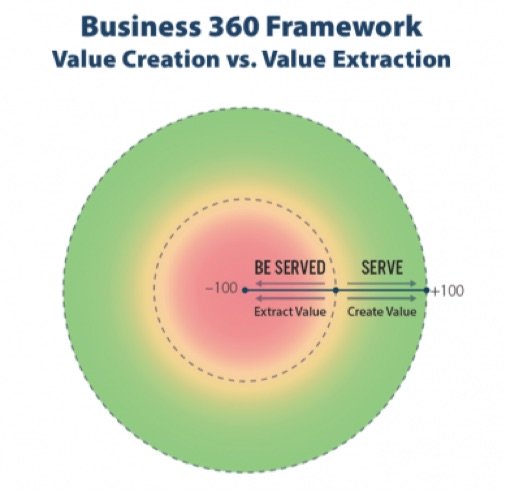
The type of business makes a colossal difference in how customers respond and interact.
And that’s not just theory. It’s a fact.
Quick caveat here.
Obviously, every business has to focus on profit to some degree.
Why?
It’s simple.
If a business doesn’t make a profit, it doesn’t exist. End of story.
Value creation vs. revenue extraction has more to do with motivation and priority rather than simple accounting.
As I’ll explain below, placing a higher priority on value creation will produce higher revenues.
Let’s look at an example.
UrbanBound is a company that prioritizes value extraction. They weren’t engaging their customers well enough, so they listened to customer feedback and rolled out a new marketing plan that included lots of high-value content.
That’s what value creation can do.
Okay, that was a positive example.
Now let’s look at a negative example.
From 2000 to 2014, Steve Ballmer was the CEO of Microsoft. As CEO, Ballmer was known for focusing on sales to the exclusion of nearly everything else.
I’m smelling revenue extraction.
In an interview with Vanity Fair, Ballmer made it obvious that he was focused on revenue extraction, saying, “It’s easy to glorify the products produced and the reputations won, not the money made.”
Even his exit from the company didn’t stop him from having this mindset. In early 2017, he said of Microsoft, “I want to see more profit growth.”
Sure enough, Ballmer’s attitude contributed to Microsoft’s poor performance during his tenure. The company produced several products that flopped, share price was largely stagnant, and Forbes called him the worst CEO.
When Ballmer announced his retirement as CEO, the stock price jumped 10%, which ironically enough, added even more to Steve Ballmer’s enormous wealth. He quits, and makes $1 billion. If only we could all be so lucky.
Interestingly, while Ballmer increased Microsoft’s revenue, his reign also saw a dip in customer satisfaction.
Some point to Ballmer as the big bad reason why Apple overtook Microsoft.
Apple, who seems to focus more on the customer, steadily grew its revenue while staying at the top of the American Customer Satisfaction Index for eleven years straight.
Today, the fact that Microsoft lost customers (and that Apple gained customers) in the long term is evident by just looking at each company’s revenue over a ten-year period.
So what’s the point of all of this?
If you rely on a revenue extraction business model, you’ll turn your customers into enemies.
Your sales might look good for a bit, but that won’t last long.
If you think about human nature, this makes a lot of sense. No one wants to feel like a company just wants to empty their wallets.
Rather, customers see themselves as part of an exchange system. They contribute money to a business. In return they get some sort of value.
When customers receive value, they have a huge incentive to come back to your business.
And in a crowded economy, if you want to stand out, you have to win your customers over with a ton of value.
The world’s most successful businesses all think this way, and it’s proven to improve your relationship with your customers.
You might be scared right now, wondering if you’re focused on value creation or revenue extraction.
Here’s how you can tell.
Where’s your focus?
Businesses who focus on value creation and those who focus on revenue extraction look very different when you look at their priorities.
And, really, that’s all this is — a priority issue.
Pivoting from revenue extraction to value creation doesn’t require firing your employees, shuffling top management, or changing your logo.
It simply means an adjustment of priority. That can start with a simple mental shift.
I’ve identified five positive priorities of a value creation business.
1. You put the most effort into creating and refining your products or services with your customers in mind, and you continually take customer feedback into account.
2. You often ask your customers for feedback and maintain a strong online presence, answering questions and addressing complaints.
3. You publish lots of free, value-packed content. You might publish so much free content that people tell you to charge for it. Hubspot is one company that does this often:

5. Your marketing hinges on the benefits your customers will receive from your products or services.
Now, let’s go over to the dark side.
Here are five signs that you’re a revenue extraction business:
1. You put the most effort into your pricing schemes and/or create your products or services with profit in mind.
2. You rarely ask your customers for feedback and don’t prioritize your online presence or interaction with customers.
3. You don’t publish free content often, and when you do, it doesn’t provide a lot of value.
4. Your company ethos revolves around maximizing your bottom line.
5. Your marketing hinges on sensational tactics (like clickbait) to get people’s attention using hype.
Of course, it’s not always black and white. In fact, your company may have characteristics from both of those lists. Most businesses tend towards one side or the other.
What about your business?
If you’ve identified your business as the revenue extraction type, don’t panic.
This doesn’t mean you’re doomed to fail, and it doesn’t mean you have an evil company.
There are several tactical ways to shift from the revenue extraction model to the value creation model.
Value begins with great content
To provide the kind of value that your customers will love, you need to make some serious changes.
In particular, you need to know what your customers want and need and then give them what they’re looking for.
Learning who your customers are is important for every business, but if you’ve found out you only think about revenue extraction, you need to kick your customer engagement strategy into overdrive.
This is where it gets good.
The best way to do this is with a killer content strategy.
If you don’t have one, you need to make one.
But whether you’re revamping your current strategy or creating one from scratch, the steps are more or less the same.
Here’s a good framework for what a content strategy should look like:
Let’s break that down.
Step 1: Plan your content
What kind of high-value content are you going to produce? This is a step you should spend some time on.
You don’t want to put out a ton of content if it’s just going to be watered down. Instead, focus on quality over quantity.
There’s a lack of high quality content on the web. If you’re one of the businesses in your niche that’s creating helpful content, you’ll easily stand out.
Your content should revolve around information that will benefit your readers in some way. Sometimes that means actionable tips, and sometimes that means in-depth explanations.
Remember, providing value needs to be your core mission.
As long as you prioritize that, you’ll be on the right track.
Step 2: Audit your existing content
Even if you don’t have much content right now, you might still be able to salvage some or all of the content you do have.
If you search “content audit,” you’ll be greeted by several articles that focus on SEO.
You don’t have to worry about that too much right now, but you should determine if any content on your site is driving large amounts of traffic.
If you find something, you’ll definitely want to update it.
For all your other content, think critically about how well the content would perform. You can use sites like Buzzsumo to see what’s trending in your niche.
If you choose to keep any content, you should update it. Your existing content is probably low-value, so increasing the amount of value will be your first priority.
Step 3: Fine-tune your content process
During this step, think about how you can make a repeatable, scalable process for content creation. This needs to be a system that you can use time and time again.
First, you need to think about how you’re going to deliver the content. Will you use longform articles? Videos? Infographics?
Second, you need to create an editorial calendar that will map out what you publish and how often you publish it.
Basically, you should have a smooth process in place that covers all the bases.
This will take some time to fully develop, so expect to make frequent changes.
Step 4: Set up a performance tracking system
To maintain a powerful content strategy, you need to know what’s working and what’s not.
In terms of content, your success or failure will be measured by how well your content performs.
Performance is generally measured using a few key metrics: views, time on page, and conversion actions (like email signups or even sales). These are also called Key Performance Indicators or KPIs.
You can see all of these metrics in Google Analytics. Once you get familiar with the platform, you’ll be able to track each metric individually to put your strategy under the microscope.
Step 5: Share your content
This is the “marketing” part of “content marketing.” If you’re serious about your content, you want to get it in front of as many people as possible.
Social media plays a big role in this. You’ll want to have a strong presence on the big social networks and share your content on them, optimizing the content for each site.
If you optimize well enough, your content will get lots of views and shares, and your traffic will grow.
One more thing: Having a social sharing schedule will let you make the most of your content.
But none of these steps matter in the least if you’re not delivering value.
That’s where it all starts.
Conclusion
To put it simply, the revenue extraction business model is outdated.
Customers have more choices than at any point in history.
If you don’t like one coffee shop or grocery store, you can easily switch to one of the countless others.
In most situations, every customer has the ability to decide where they want to spend their money.
You have to convince them that your company is worth spending money on.
That’s why so many businesses are utilizing high-value content strategies. People respond to value, and they want to give back to businesses who give them value first.
How are you going to provide that kind of serious value to your customers?
About the Author: Daniel Threlfall is a content marketing strategist who has helped to engineer the growth of blogs such as NeilPatel.com, increase the international expansion of Fiji Water, and improve the brand reach of Shopify. Daniel is the co-founder of Launch Your Copy, a resource to help copywriters triple their writing speed and blow up their income.
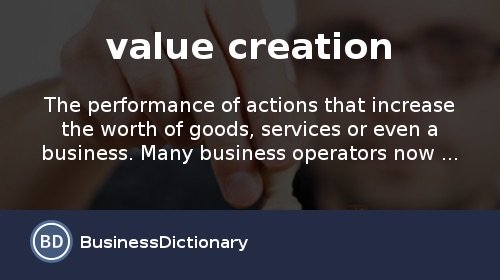

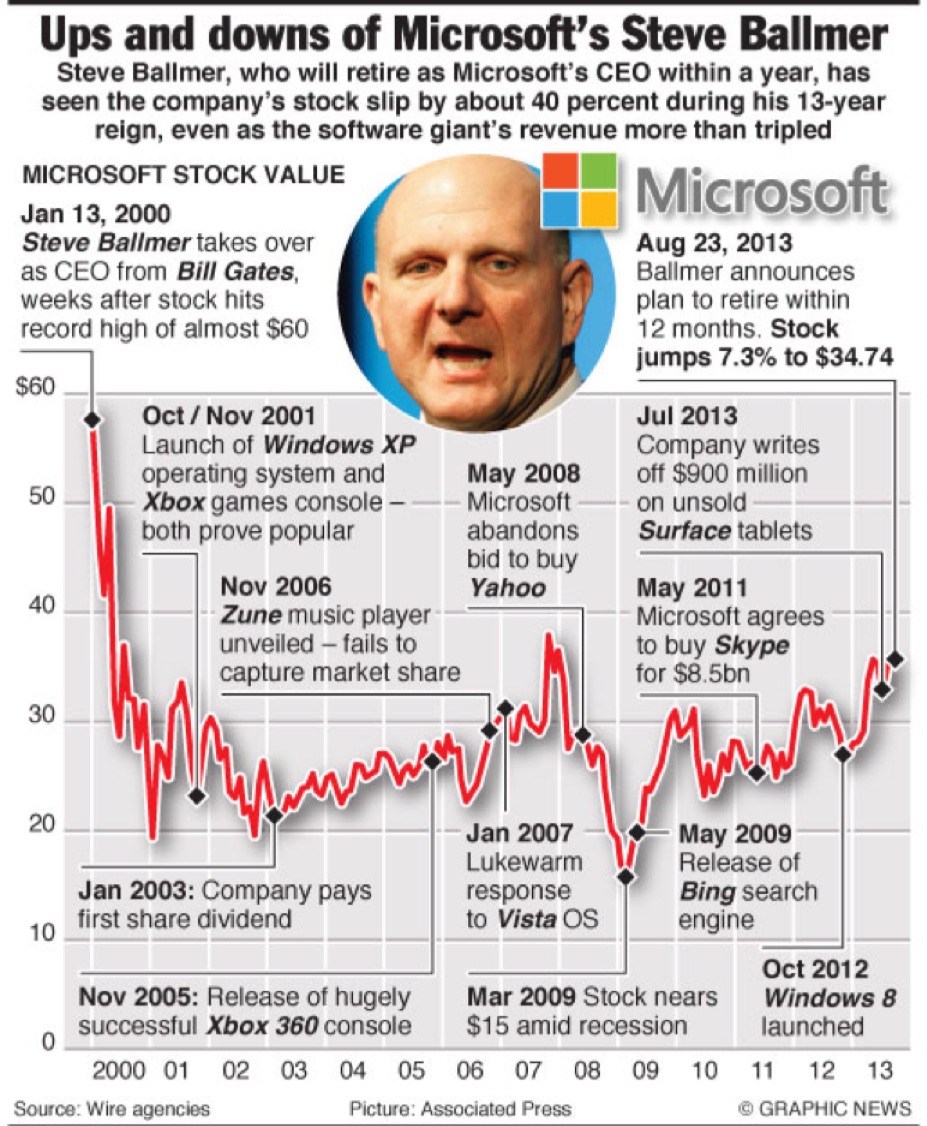
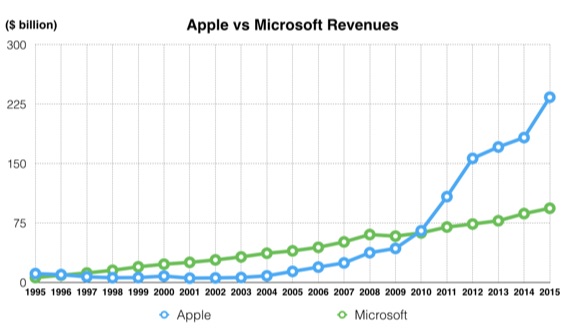

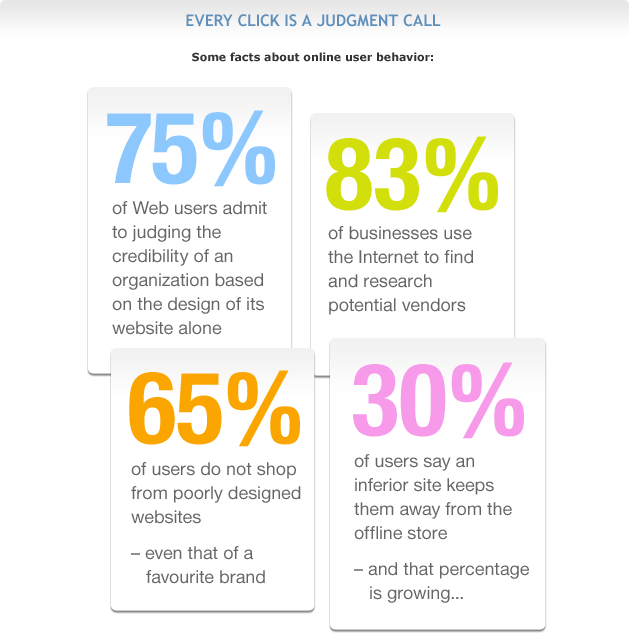
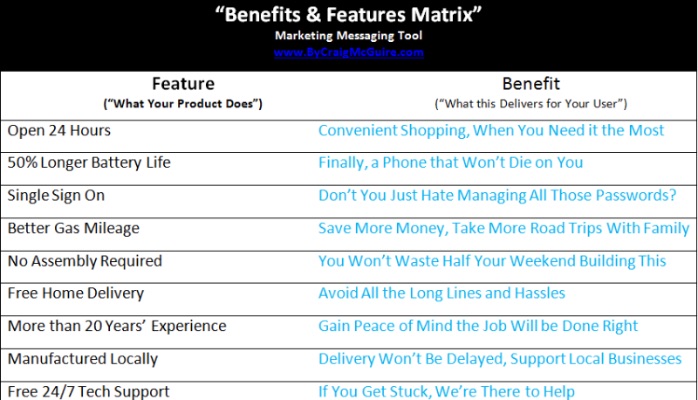





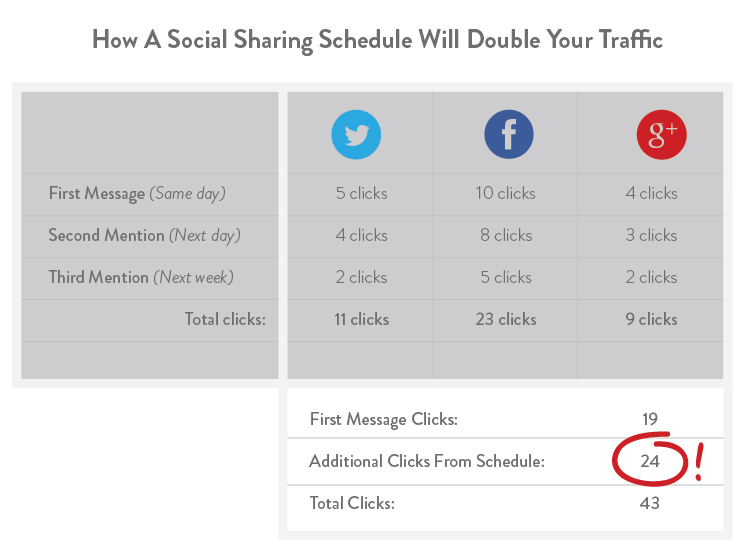
Comments (1)